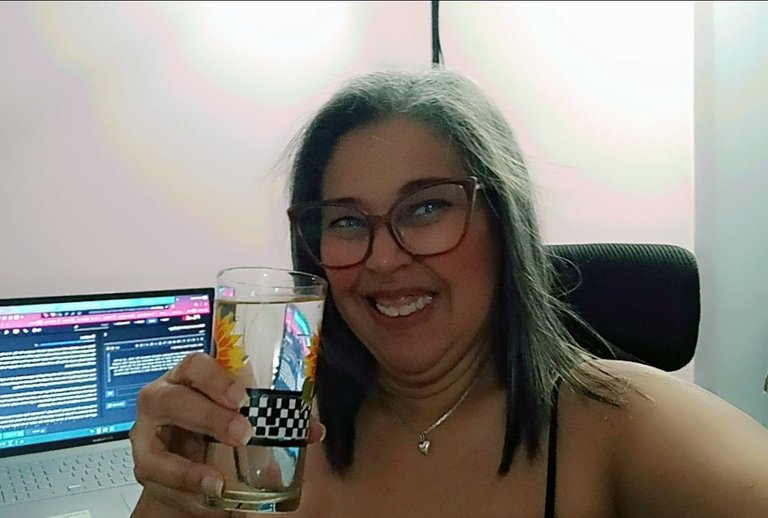
Water is a valuable and necessary natural resource for life, it is the basis of the beverages we share in this community and gives life around the planet, without water life on earth would end and if the water levels we have today were to decrease to critical levels, much of the life on the planet would be in danger to the point that a conflict could break out.
Now, a human being can live without food for approximately six to eight weeks. This may vary depending on the state of health of the person in question, but without water the time span is much shorter and ranges from two to five days.
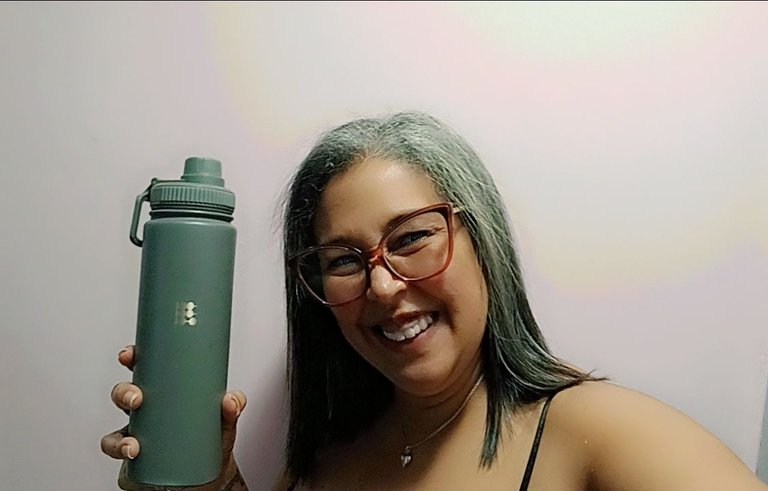
As we know, water is necessary for our survival and in some countries we only need to go to the tap to have access to it, either to wash our hands, take a bath or cook, but in others, people must travel long distances to get some water, which is not always drinkable or suitable for human consumption.
In the case of my country, Venezuela, I remember that when I was a child I used to smell chlorine or bleach when I opened the faucets at home, but since a few years ago I do not perceive it, some say that the water is no longer being treated as in previous years, others say that they changed the products to be treated, the point is that one does not know what is true and what is not.

But what I do know is that, for as long as I can remember at home, we boil water. My grandmother was never a total believer that water was totally drinkable, and as a nurse she knew what could cause some bacteria or parasite in the water.
So at home we currently have two stainless steel pots for boiling water. For those who didn't know, at home we use stainless steel pots because it is a passive material and does not release chemicals into the water, which ensures that the water remains pure and free of contaminants.
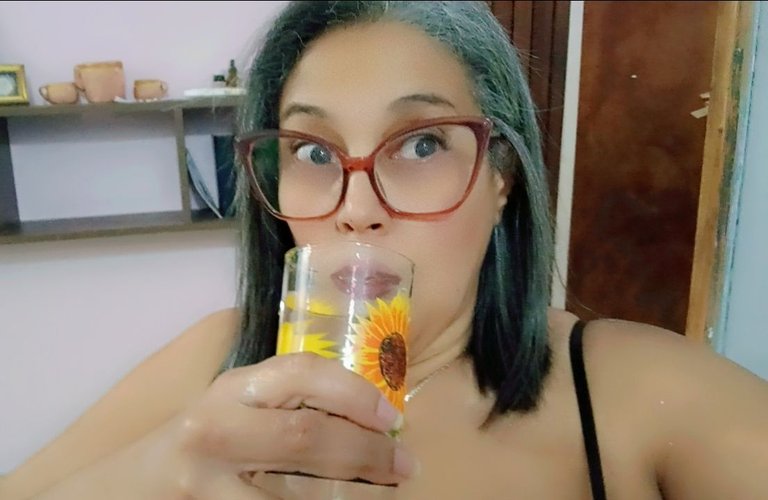
On the other hand, one of the problems is that the water for some time now has been arriving in a very churned up state, which sometimes makes it look brown because of the dirt it carries, so we boil it all the more reason to boil it, especially since we have a tank on top of the building which, although it is washed regularly, gets dirty very quickly because of the amount of mud that is already in the water.
As you can see in the photographs, the pots are filled and the color of the water is a little cloudy, but after boiling and letting it rest, the sediment remains at the bottom of the pot.
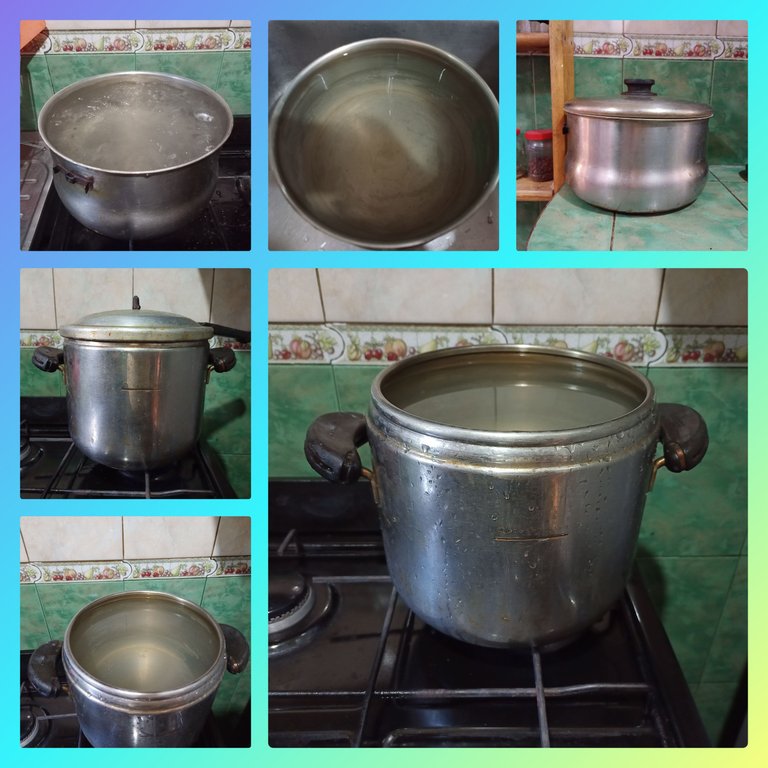
We put the pots on the stove, turn them on and after starting the boiling process I leave them for at least 15 minutes in this phase, to make sure that the water has really been purified, some recommendations on the net say that one minute of boiling water is enough, but I better follow my grandmother's advice.
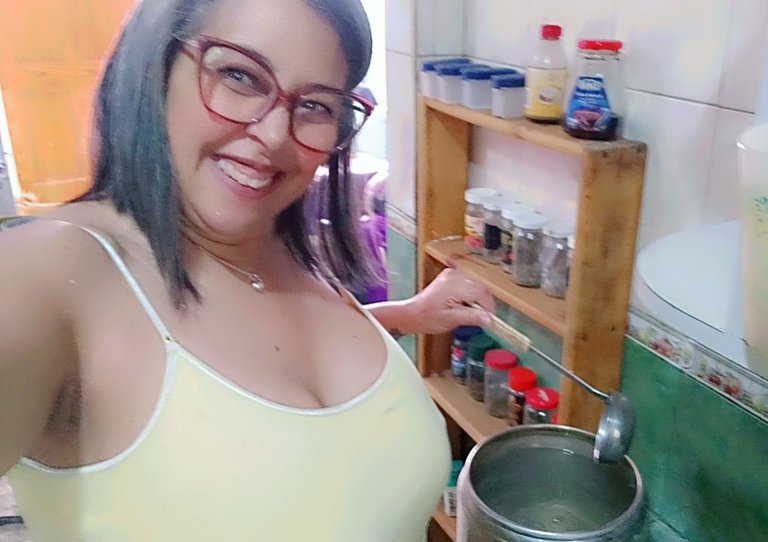
Finally, after turning off the flame there is an important step to eliminate the metallic taste of boiled water, which makes it so repulsive to some and that is to oxygenate it, this is achieved in various ways, but I use a ladle and lift the water repeatedly to return to fall back into the pot, if you have done this you will see how there are bubbles in this process, which tells you that the water is really oxygenating.
In short, at home, for as long as I can remember, water has been boiled for consumption and I am so used to it that the water I drink at the office I bring it from home because the water in the bottles tastes like dirt to me. This is how I ended my participation in the Amazing Drinks Contest: DRINKING WATER to which I want to invite my friends @cirangela and @brujita18
El agua es un recurso natural valioso y necesario para la vida, es la base de las bebidas que solemos compartir en esta comunidad y da vida alrededor del planeta, sin agua la vida en la tierra acabaría y si los niveles de agua que hoy tenemos disminuyeran a niveles críticos, mucha de la vida del planeta estaría en peligro al punto de que podría estallar un conflicto.
Ahora bien, un ser humano puede vivir sin comer aproximadamente unas seis a ocho semanas. Esto puede variar dependiendo del estado de salud de la persona en cuestión, pero sin agua el lapso es mucho más corto y va desde los dos hasta los cinco días.
Como sabemos el agua es necesaria para nuestra supervivencia y en algunos países con solo acercarnos al grifo tenemos acceso a ella, ya sea para lavarnos las manos, darnos un baño o cocinar, pero en otros, las personas deben recorrer grandes distancias para poder obtener un poco de agua la cual no siempre es potable, o apta para el consumo humano.
En el caso de mi país, Venezuela, recuerdo que cuando era una niña percibía un olor a cloro o lejía al abrir los grifos de casa, pero desde hace unos años no lo percibo, hay quienes dicen que ya el agua no se está tratando como en años anteriores, otros que cambiaron los productos para ser tratada, el punto es que uno no sabe que es cierto y que no.
Pero lo que sí sé es que, desde que tengo memoria en casa, hervimos el agua. Mi abuela nunca fue una total creyente de que el agua fuera totalmente potable, y como enfermera conocía lo que podía causar alguna bacteria o parásito en el agua.
Así que en casa tenemos actualmente dos ollas de acero inoxidable para hervir el agua. Para quienes no lo sabían, en casa usamos ollas de acero inoxidable porque es un material pasivo y no desprende sustancias químicas al agua, lo que garantiza que agua se mantenga pura y libre de contaminantes.
Por otra parte, uno de los problemas es que el agua desde hace un tiempo está llegando muy revuelta lo que hace que a veces se vea marrón por la tierra que trasporta, así que con más razón la hervimos y más al tener un tanque en la parte superior del edificio que aunque se lava con regularidad, se ensucia con rapidez por la cantidad de barro que viene ya en el agua.
Como podrán apreciar en las fotografías, se llenan las ollas y se aprecia el color de agua un poco turbia, pero tras hervir y dejar reposar, el sedimento queda en el fondo de la olla.
Colocamos las ollas en las hornillas, se encienden y tras comenzar el proceso de ebullición las dejo 15 minutos mínimo en esta fase, para asegurarme de que el agua en realidad se ha purificado, algunas recomendaciones en red dicen que con minuto que el agua hierva es suficiente, pero mejor sigo el consejo de mi abuela
Por último, luego de apagar la llama hay un paso importante para eliminar el sabor metálico del agua hervida, que la hace tan repulsiva para algunos y es oxigenarla, esto se logra de diversas maneras, pero yo uso un cucharón y levanto el agua en repetidas ocasiones para que vuelva al caer a la olla, si lo has hecho verás como hay burbujas en este proceso, lo que te dice que realmente el agua se está oxigenando.
En resumen, en casa, desde que tengo memoria, el agua se ha hervido para consumirla y yo estoy tan acostumbrada que el agua que consumo en la oficina la llevo de casa porque la de los botellones para mí sabe a tierra. Así terminé mi participación en el Amazing Drinks Contest: DRINKING WATER al que deseo invitar a mis amigas @cirangela y @brujita18



Posted Using InLeo Alpha


